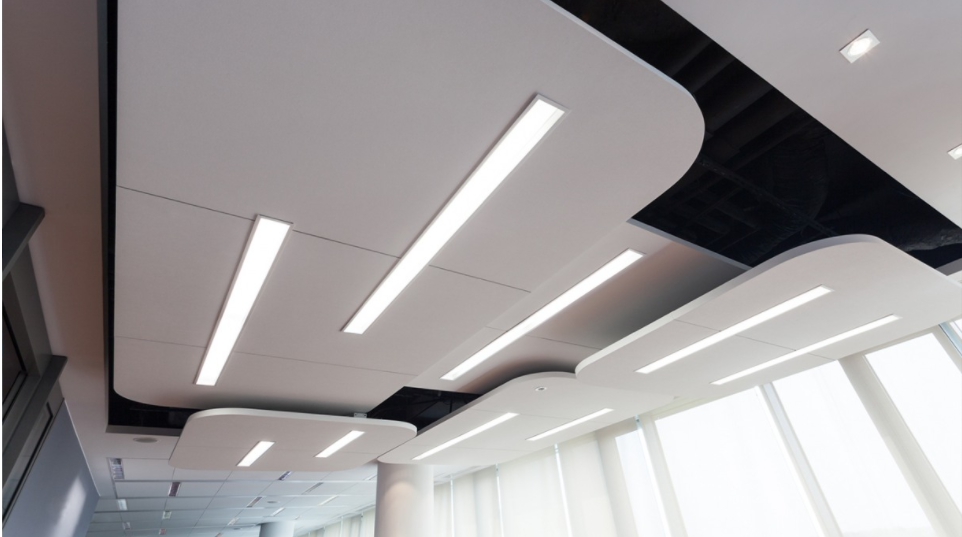A study led by researchers at the Brown University School of Public Health found that using tuned LED lighting cut in half the number of sleep disturbances among older residents in long-term care.
By installing interior lighting fixtures that change color and intensity over the course of the day and night, sleep disturbances experienced by residents in one California nursing home were improved without involving prescribing sleeping pills.

(Image: Brown University)
Rosa Baier, an associate professor at the Brown University, led a team of seven researchers who studied the use of tuned LED lighting at ACC Care Center, a 99-bed nursing home in Sacramento, California, participating in a pilot lighting installation by the Sacramento Municipal Utility District and the U.S. Department of Energy Pacific Northwest National Laboratory.
The team’s results, published in Seniors Housing and Care Journal established preliminary data that can be used as providers in the long-term care industry consider the adoption of tuned lighting in other facilities.
35 of the 63 residents had been diagnosed with dementia, which is associated with conditions that include delusions, hallucinations, depression, agitation, anxiety, disinhibition, irritability and wandering. The mean age of residents in the study was 88.3 years old and 71% of them were women.
The study found that, on average, the residents experienced 3.6 nighttime sleep disturbances with static lighting compared to 1.8 with tuned lighting. Baier said the results weren’t wholly surprising given the research team hypothesized the intervention would have a positive effect on sleep.
Nursing homes first turned to these systems primarily for their energy savings feature. But Baier and her colleagues consider them a low-risk intervention to improve sleep and one that the long-term care industry should strongly consider at a time when nursing homes are shifting staff time and resources to contend with the coronavirus pandemic.












